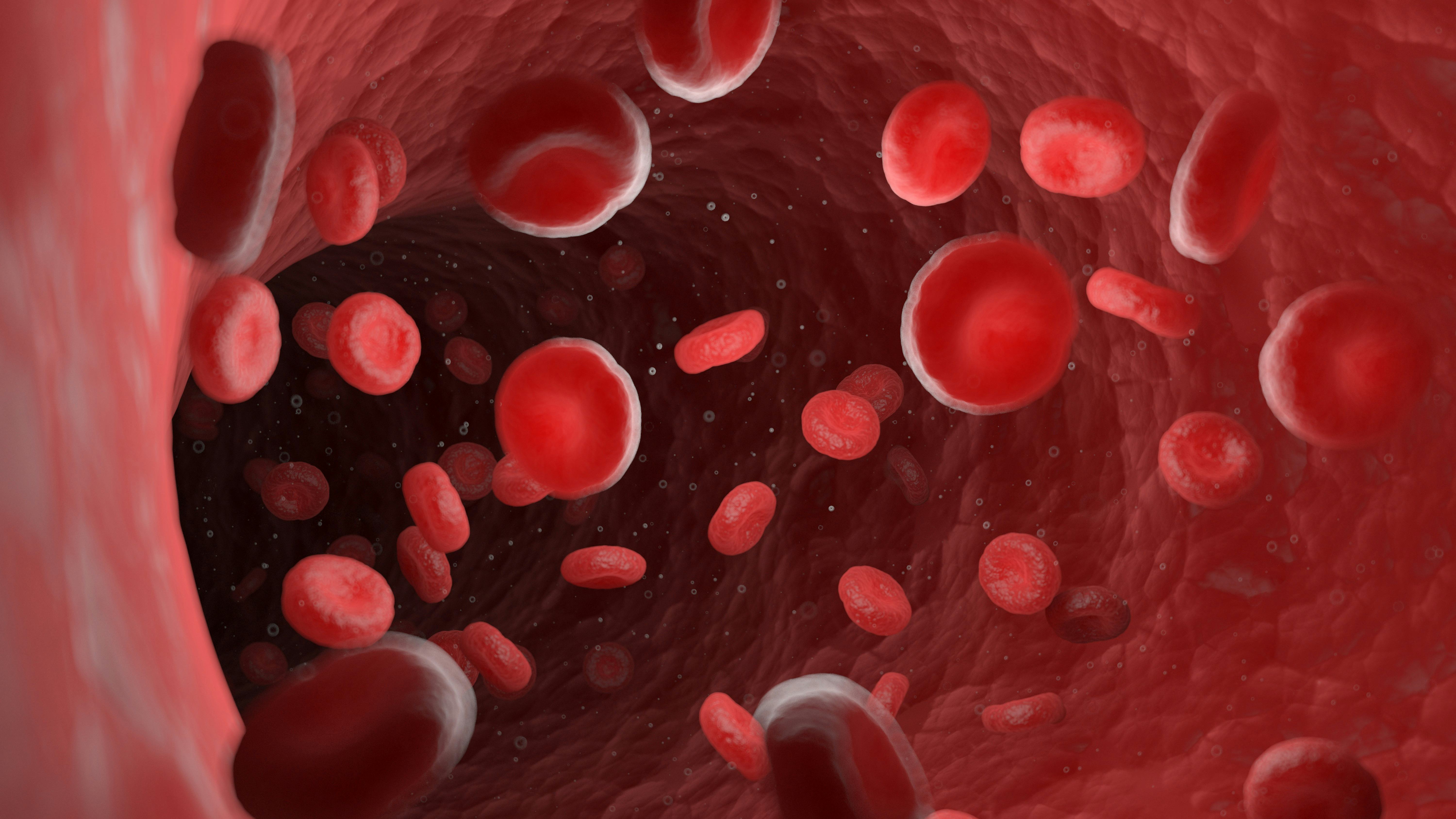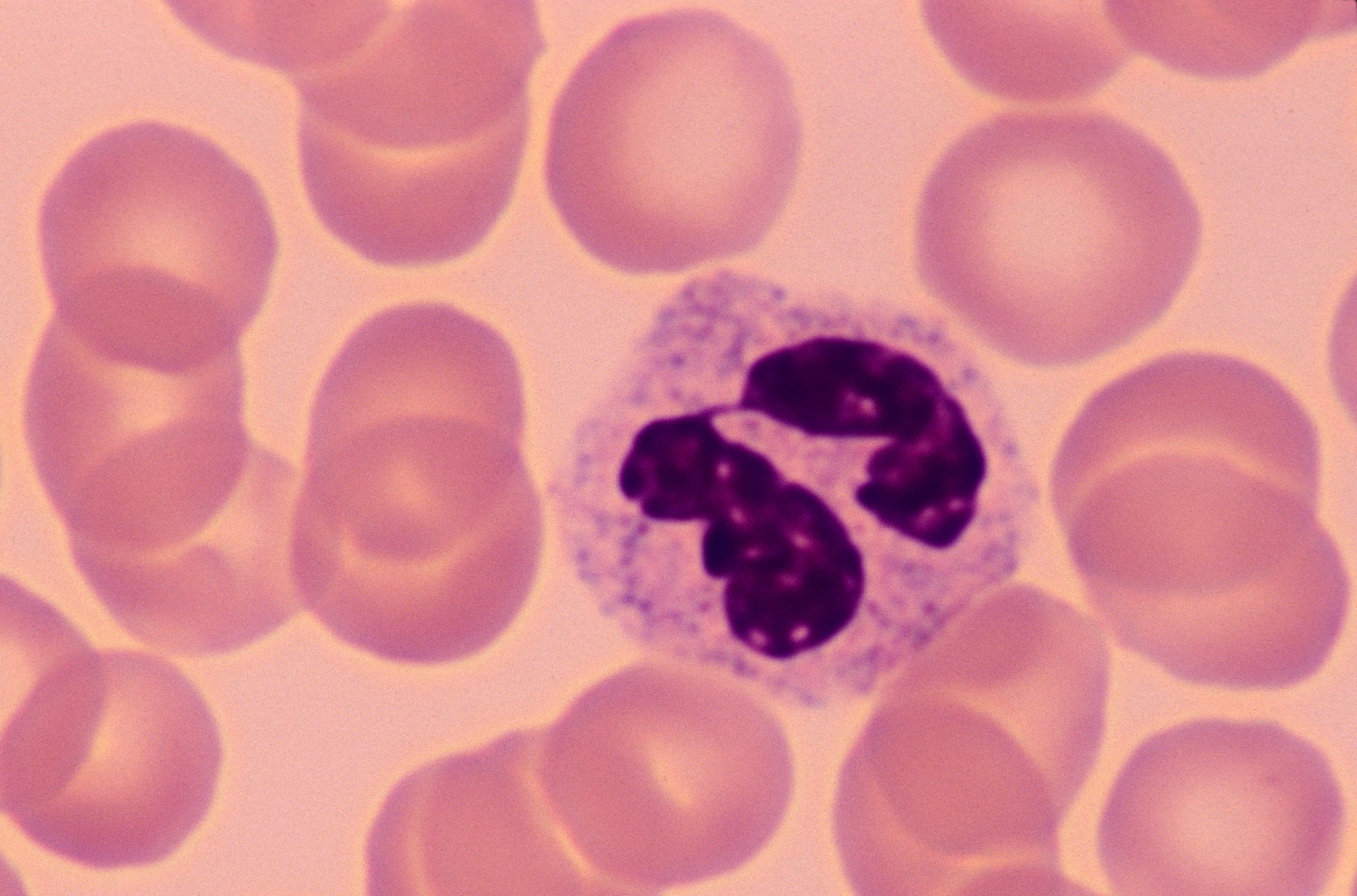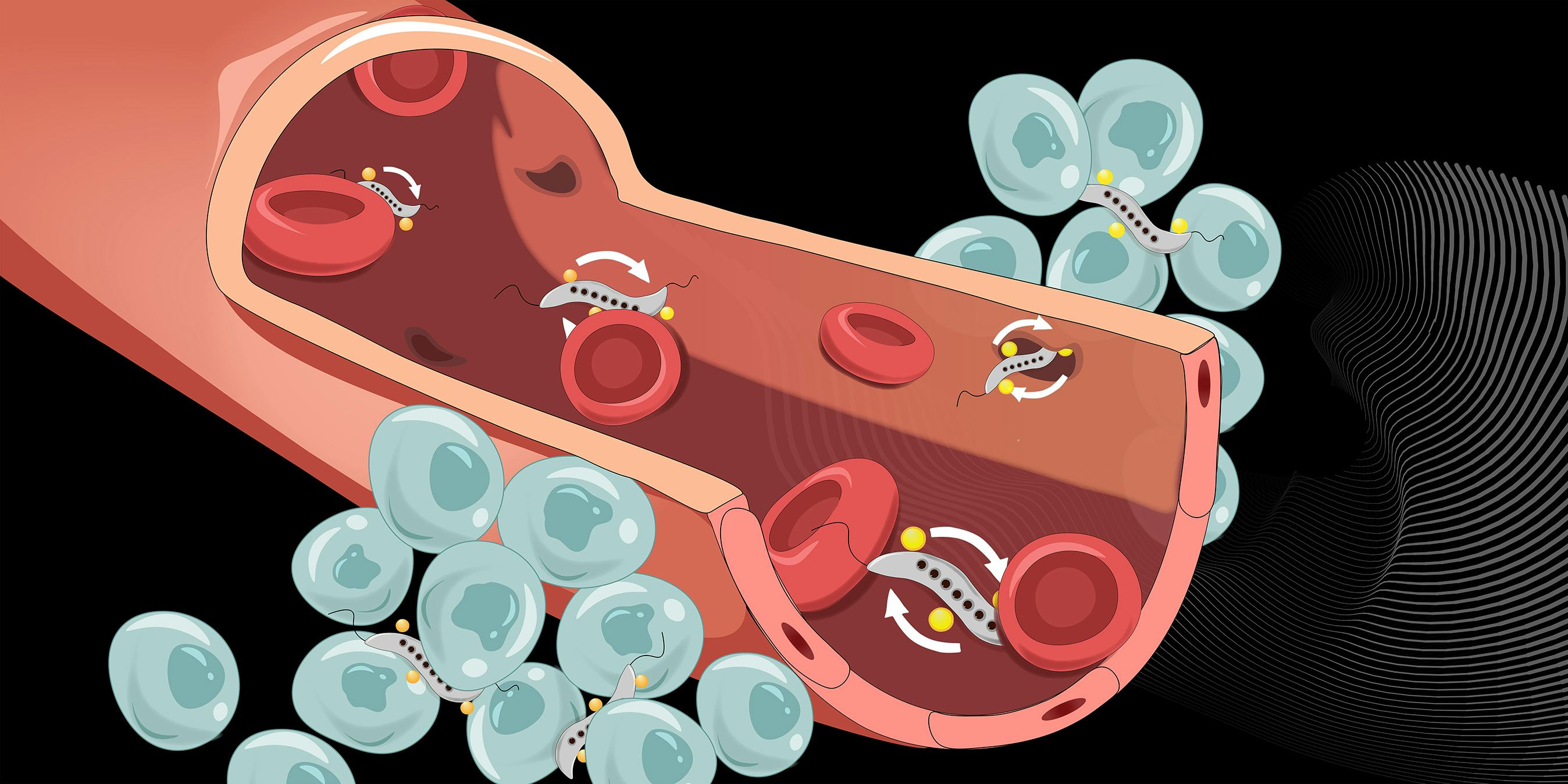
For the first time ever, scientists have given patients red blood cells that were grown in a lab. This feat is part of a clinical trial in England looking into the safety of the cutting-edge technique, which could help tackle the ongoing blood supply shortage that was worsened by the pandemic.
The trial is a collaboration between institutions including the University of Bristol, the University of Cambridge, and the National Health Service.
Regular transfusions can be life-saving for people with conditions like sickle cell disease, which affects the shape of red blood cells and can block blood flow, and thalassemia, which causes the body to produce too little of a protein called hemoglobin.
Now, these lab-grown red blood cells could stretch sparse donations into larger volumes. The procedure could also help address the need for more blood from Black donors — sickle cell disease is prevalent among Black people, and blood is most compatible when donated from people of the same race or similar ethnicity.
And unlike donor blood, which can contain relatively old cells, these lab-grown cells are guaranteed to be fresh. This means they can last longer and perform better, reducing the need for frequent transfusions. When people receive lots of transfusions, they also run the risk of developing too much iron in their bodies.

How to grow blood cells — The scientists started with a regular blood donation and used magnetic beads to pinpoint the flexible stem cells that can morph into red blood cells, CNBC reported.
Then, they put the stem cells in a nutrient solution for 18 to 21 days, which nudges the cells to proliferate and grow into more mature cells, according to The Guardian. Then, they tagged the cells with a radioactive substance to track them in blood samples from trial participants over the six months following the first injection of cells.
So far, two healthy volunteers have received the lab-grown red blood cells, and they haven’t reported any negative side effects. Next up, the team will give a minimum of 10 participants two “mini” transfusions at least four months apart — one consisting of standard donated red blood cells and another composed of lab-grown ones.
The researchers will analyze patient blood samples to determine whether the lab-grown red blood cells will last longer than the ones made in the body. While further research is needed, this marks a major step forward in treating blood disorders.
“The need for normal blood donations to provide the vast majority of blood will remain,” says Farrukh Shah, the medical director of tranfusion at NHS Blood and Transplant. “But the potential for this work to benefit hard-to-transfuse patients is very significant.”
Read more about the trial here.
On the horizon ...

Doctors aren’t always able to remove hard-to-reach cancerous tumors with surgery, so some patients must receive aggressive chemotherapy and/or radiation therapy — a combination that can prove ineffective.
But a new cancer treatment may offer a way to take down inoperable tumors with pinpoint accuracy, no radiation required.
Researchers have figured out how to deliver cancer-killing compounds (called enterotoxins) to tumors using bionic bacteria that are steered by a magnetic field. These “micro-robots” can hunt down and converge on a specific tumor, then shrink it by releasing the bacteria's own naturally produced anti-cancer chemicals. The results were recently published in the journal Science.
Simone Schürle-Finke, a micro-roboticist at the Swiss Federal Institute of Technology in Zürich, Switzerland and the first author of the new study, is excited about the possibility that bacterial therapy holds.
And she’s ready to continue bridging the gap across scientific disciplines, from oncology to microbiology to robotics. “I think it’s beautiful that we’re experiencing this convergence of sciences,” she says.
Read the full story to find out more.
Here’s what else we’re reading...
- A pilot project in the Netherlands will heat homes with hydrogen. NL Times has the details.
- Rocket Lab failed to catch its booster with a helicopter. Despite this mishap, the space company still aims to recover and reuse rocket parts after shooting off satellites to space, according to CNN Business.
- Apple’s augmented reality glasses could be pushed back to 2025 or 2026 due to “design issues.” MarketWatch takes a closer look.
- The Indian Space Research Organisation is eyeing its own space station for 2035. ISRO also hopes to design a reusable rocket and embark on deep space missions, Hindustan Times reports.
- Michael Bloomberg wants to help 25 countries phase out coal by 2040. The New York Times has the scoop.







